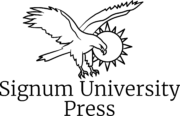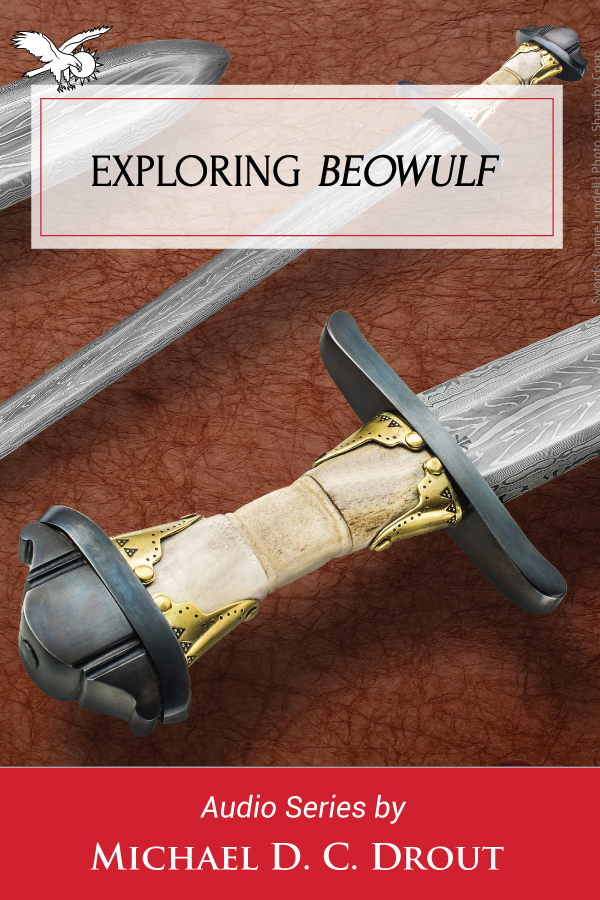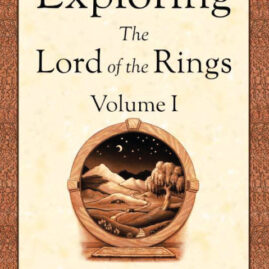Join Professor Michael Drout to explore Beowulf!
Walk through through all 3,182 lines of the poem with Prof. Drout in monthly audio segments. You’ll go line-by-line, with each segment focusing on a small number of lines at a time. Prof. Drout will read the Old English, translate, explain why to translate it that way, discuss problems with the manuscript, and more.
Exploring Beowulf will also include a series of more focused episodes on topics in Beowulf-studies, such as: The Manuscript, Beowulf and Oral Tradition, Beowulf and Christianity, Beowulf and the Germanic North, and others. There will be one topical lecture each month.
Click here to download Prof. Drout’s ribbon diagram of Beowulf!
Prof. Michael D. C. Drout is Professor and Chair of English and Director of the Center for the Study of the Medieval at Wheaton College, Norton, Massachusetts, where he teaches classes in Old and Middle English, Old Norse, Linguistics, Science Fiction and the works of J.R.R. Tolkien. He has authored and co-authored several books, including ones on Anglo-Saxon, Beowulf, Old English, and the Liberal Arts. He edited J.R.R. Tolkien’s Beowulf and the Critics and the J.R.R. Tolkien Encyclopedia and co-edited Transitional States: Cultural Change, Tradition and Memory in Medieval England. One of the founders of the journal Tolkien Studies, for which he has co-edited 19 volumes, Drout has published over sixty journal articles and books chapters on topics including Beowulf, digital humanities, Old English psalter glosses, Tolkien, math in science fiction, the hellmouth in the poem “Guthlac,” and Anglo-Saxon medical remedies. He also serves as a consultant for The Lord of the Rings On-line MMORPG, Drout has appeared in two History Channel mini-series and recorded thirteen audio courses.



Leave a Reply